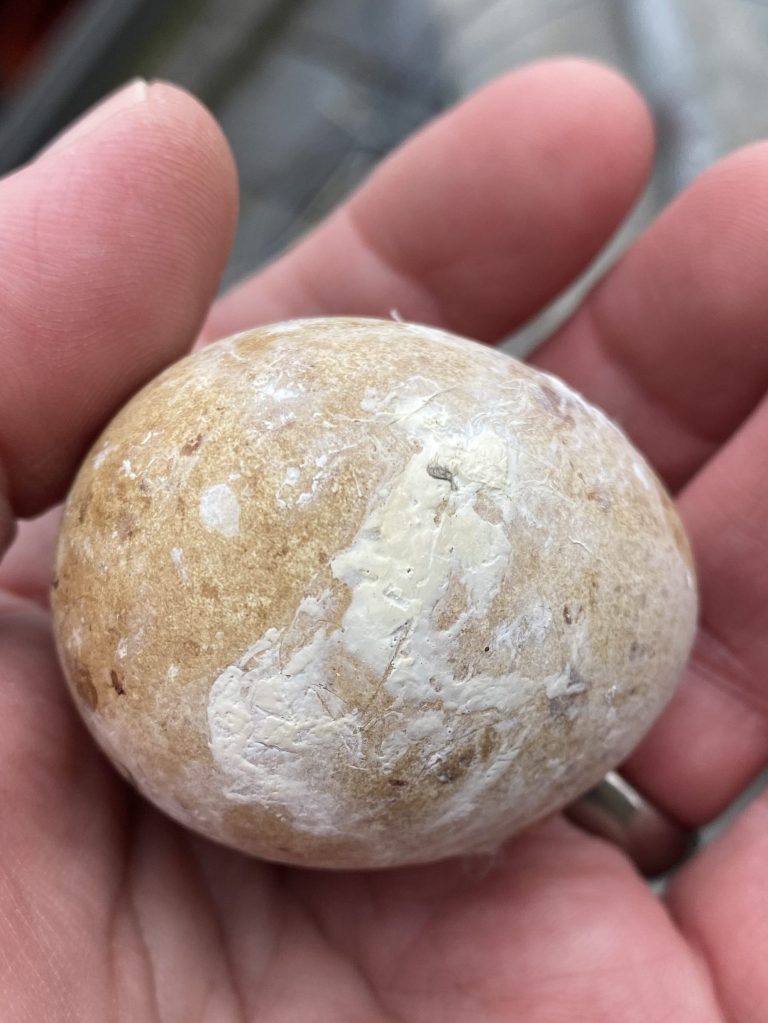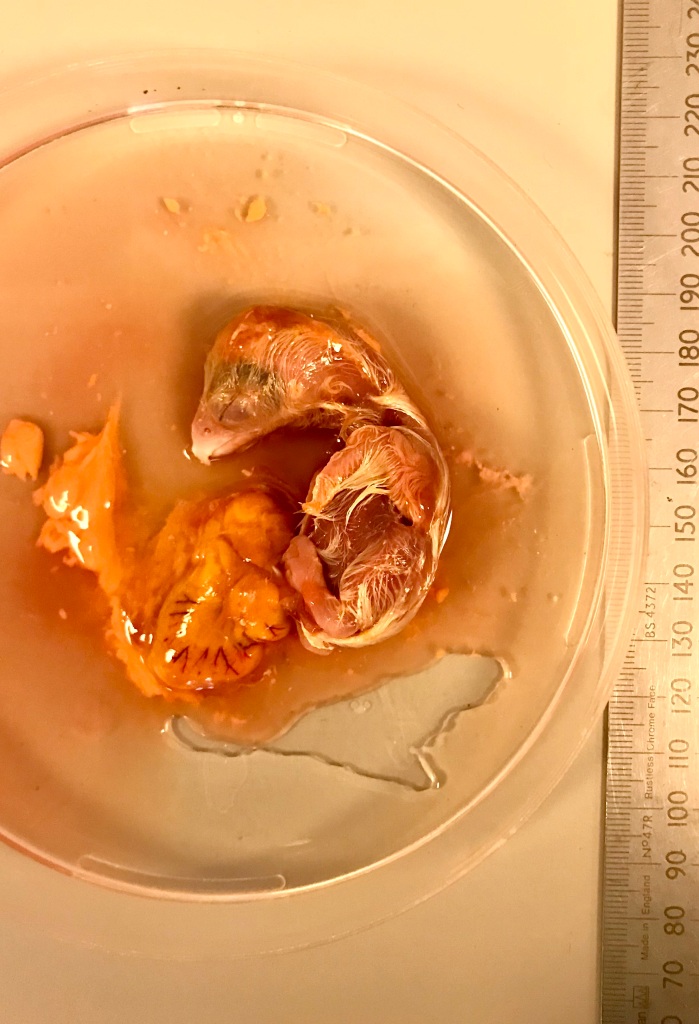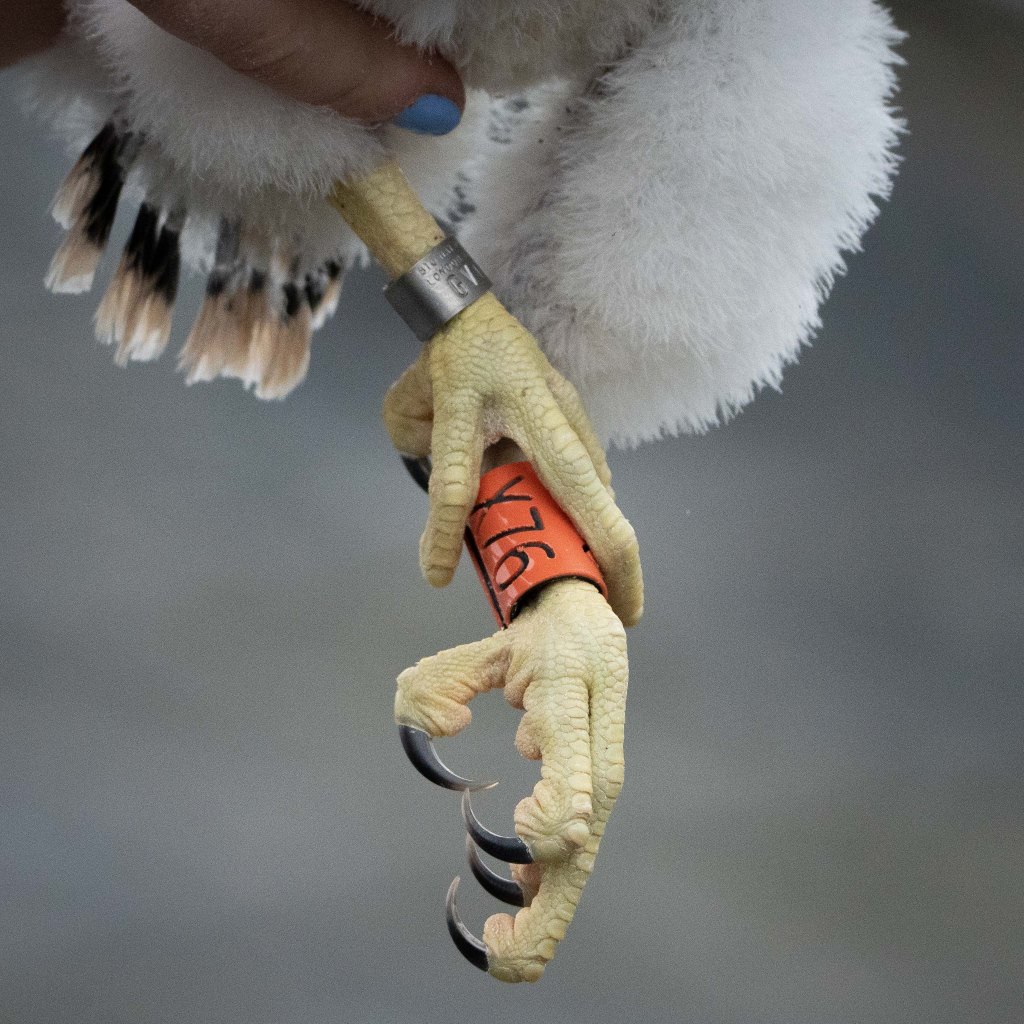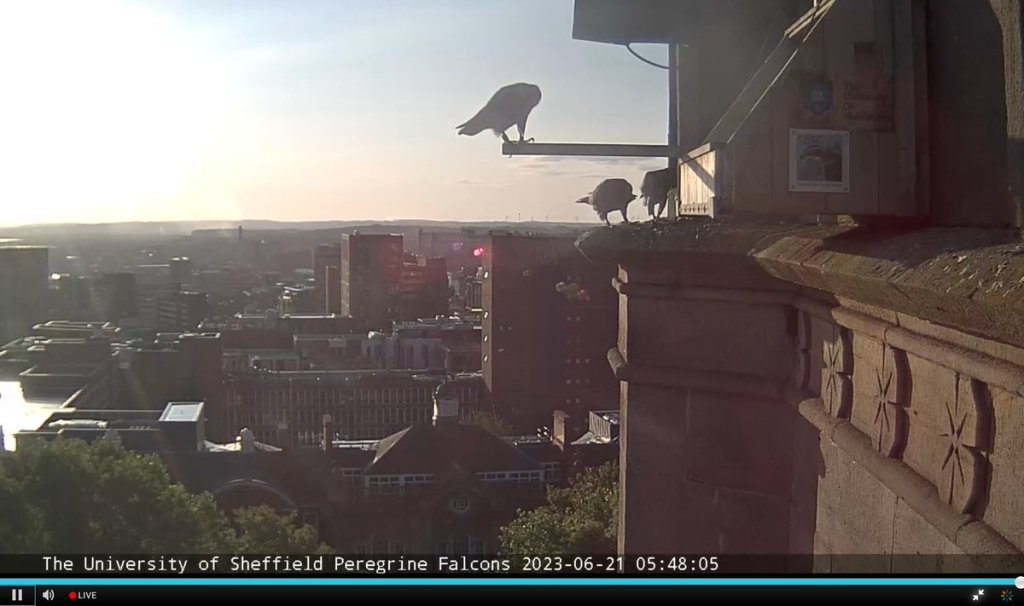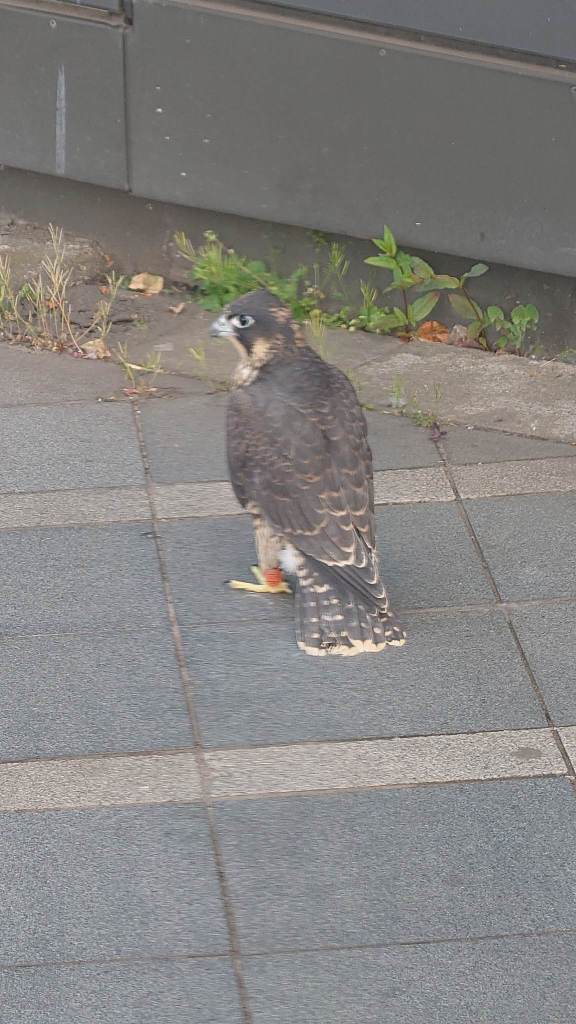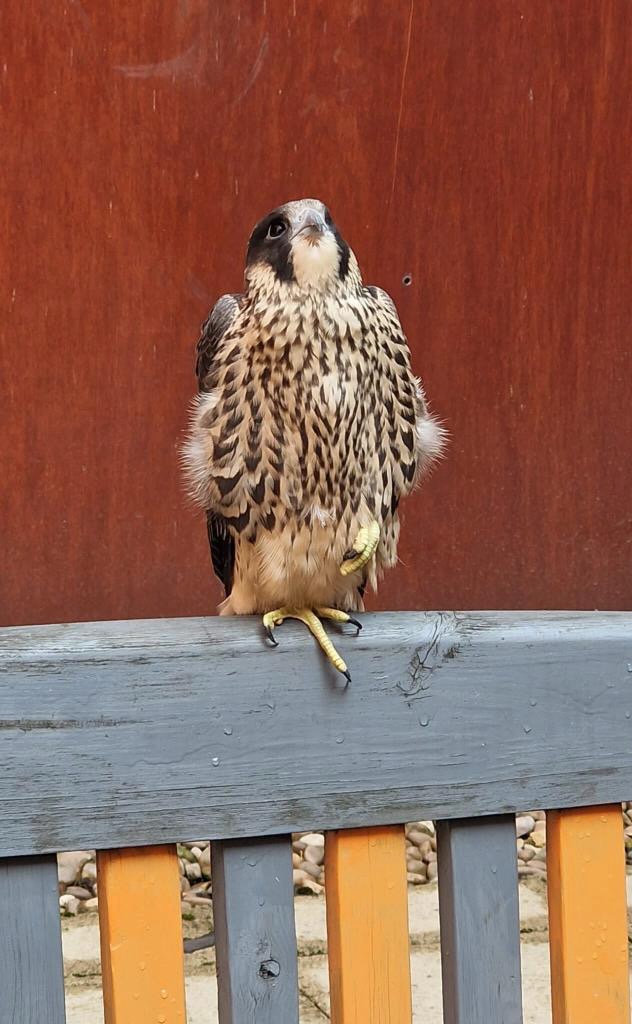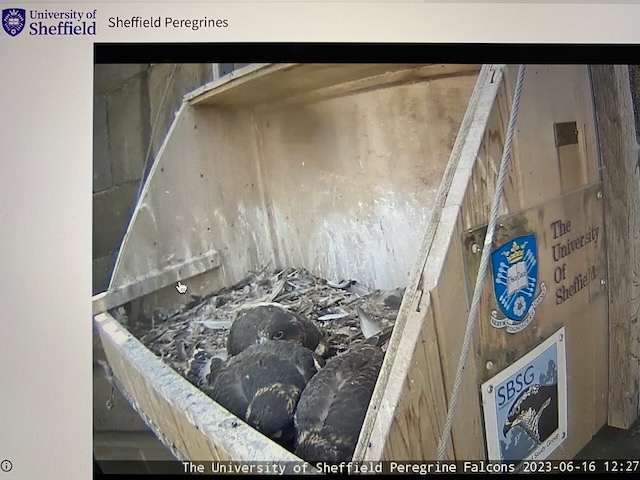The fourth, unhatched, egg from the 2023 clutch was recovered by Sarah whilst the chicks were being ringed and measured. It was passed on to Dr Nicola Hemmings for examination and analysis.
Dr. Hemmings is based within the University of Sheffield School of Biosciences and is a Royal Society Dorothy Hodgkin Research Fellow. Her research focuses on how and why animals vary in their ability to reproduce, with particular focus on the causes of infertility and embryo death.
In contrast to other unhatched St George’s eggs which Dr Hemmings has analysed in previous years, this embryo was much further developed and well-formed. So it appears that this egg was progressing nicely along with the others until something changed. Nicola’s summary states “the embryo itself looked to be in good condition with no obvious reason for premature death.” Also in contrast to previous, the egg was not rotten or foul-smelling.
When examining failed eggs, Dr Hemmings determines which development stage an embryo has reached. To do this, Dr Hemmings has compared our egg’s development to known and documented development stages of other avian embyros, including the closest known raptor species*, and adjusted it to take into account the known (slightly different) incubation period of Peregrines – generally 30 – 32 days at St Georges. Dr. Hemmings concludes that the embryo was a minimum of 20 days old and most likely 21 or 22 days old.
*At this time there is no published Peregrine-specific staging series available to judge this embryo against.
As there’s no physical cause of death apparent it is worth considering an external cause of death, physical or environmental. If the egg was developing at the same rate as the successfully hatched eggs then the embryo died in the last few days of April. Looking back at weather charts, nothing too extreme occurred with conditions fairly benign with rainfall well below average and certainly no snow like there has been in a couple of previous incubation periods!
Temperatures were about average or just below average for the time of year with highs of between 8 – 14 ºC, winds were weak although it’s worth noting that they were from a cool North and NNW direction and temperatures did dip to -1 and -2ºC in the early hours of the Tuesday 25th. Perhaps an egg wasn’t quite covered up overnight? It’s pure speculation. There’s nothing untoward reported around that time from time from regular Peregrine watchers and they were well-watched over the period.
An alternative theory from Dr Hemmings is thrown up by the eggs being hidden from view during the laying period and a good while thereafter…. “If for some odd reason, egg 4 was laid extremely late, and therefore developed with a ~10 day lag behind its siblings, dying once they started to hatch due to disturbed incubation. This might also explain why the egg seemed relatively fresh and non-smelly/rotten – it wasn’t actually dead in the nest for that long. It’s unlikely that there was such a large laying interval, but it’s not unheard of…”
I guess we’ll never know. However, we only ever find anything out by observation, enquiry and research. Work in fertlity is important, and can be particularly so in relation to endangered species where every new born counts. By looking at unhatched egg contents, scientists such as Dr Hemmings can diagnose fertility problems (i.e. insufficient sperm), detect egg infections, and identify abnormalities in developing embryos that may be linked to genetic problems or environmental factors. Understanding these causes of hatching failure allows rapid and effective measures to be put in place to improve success in the next breeding season.
You can read Dr Hemmings’ previous blog on our unhatched Peregrine eggs, which goes into greater depth, here.
